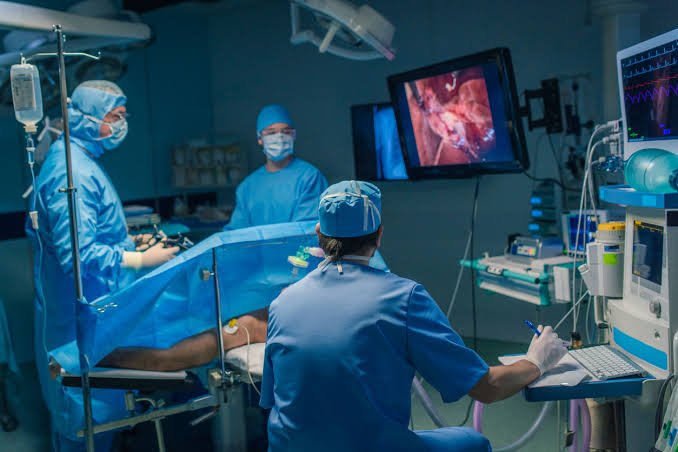Arthroscopic surgeries are medically advanced procedures that help repair a range of issues that affect joints, such as the knee, ankles, wrists, or shoulders. These procedures are gaining momentum due to minimal invasiveness and quick post-surgical recovery. Dr. Stephen Fisher Braselton is an accredited orthopedic sports medicine surgeon, who adopts a comprehensive method of treating injuries through arthroscopic surgeries.
This article will explore arthroscopic surgery and what to expect during and after the procedure.
An insight into arthroscopic surgery
Arthroscopy is a surgical procedure that involves examining, diagnosing, and treating problems inside a joint. A special medical device or tool, known as an arthroscope, is inserted through 3 to 4 key-hole-sized incisions (cuts) during the procedure. The arthroscope consists of a special lens (camera) and a light source that captures images of the surgical site, which aids in clear visibility.
This procedure is gaining popularity due to smaller incisions, quick recovery, and minimal post-surgical complications.
Exploring what to expect from an arthroscopic surgical procedure
Arthroscopic surgery will always consist of the following steps:
- Pre-surgical preparation
- Helps to reduce your stress levels and prepares your body for a successful surgical outcome.
- Your doctor will record your medical history and conduct a few medical and imaging tests to confirm the diagnosis.
- Surgical technique
- Arthroscopic surgery will be performed under general anesthesia (GA) which is a numbing agent that puts you to sleep during the surgery.
- The steps for arthroscopy include:
- A tiny incision in your skin
- Insertion of the arthroscope
- Removal of the damaged tissues and replacing them with healthy tissues.
- Stitching up the incision.
- Post-surgical recovery
- You are expected to spend an hour in the recovery room while your vitals are monitored.
- Once you regain consciousness you can return home for further recovery.
- The following steps are recommended for recovery at home:
- Adequate rest
- Cold compression through ice packs
- Elevation of the surgical area to prevent blood clots
- Prescription pain medications like NSAIDs (non-steroidal anti-inflammatory drugs)
- Using a protective brace, sling, or crutches
- Physical therapy to promote quick healing
Recovery following an arthroscopic surgery may take around 2 to 3 weeks with minimal postoperative complications or emergencies.
Takeaway
Arthroscopic surgery is a minimally invasive procedure that helps surgeons to diagnose and treat joint problems or abnormalities. A device called an arthroscope consisting of a light source and a camera, is inserted through tiny incisions that aid in clear visibility of the surgical site. This technique favors quick recovery with lesser complications, and helps you bounce back to your routine activities within a few days.










